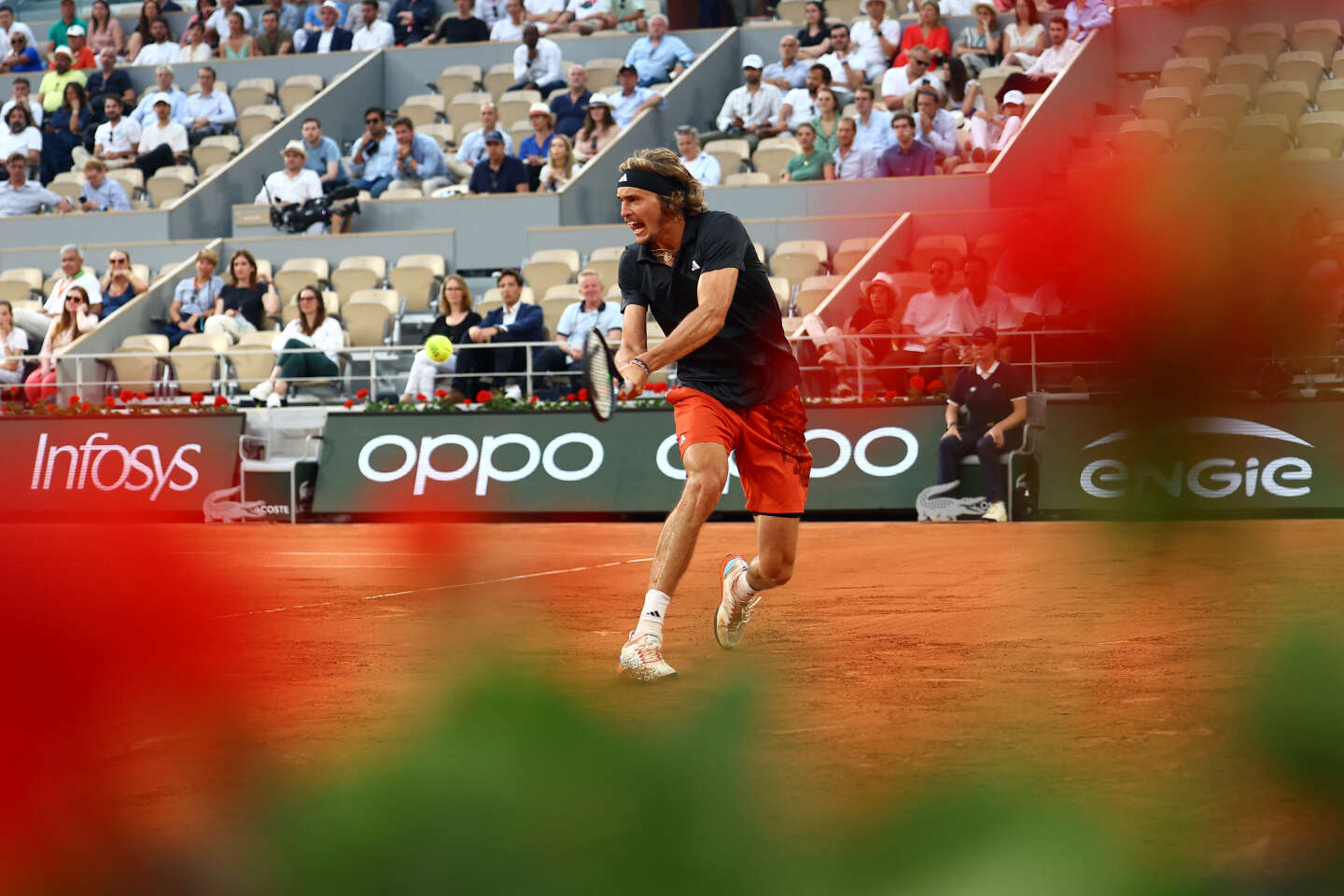Ten thousand steps and more. Diabetes and exercise go hand in hand. Alexander Zverev is the perfect representative. The German tennis player, who lost in the semi-finals of Roland-Garros against the Norwegian Casper Ruud, had revealed last year to have type 1 diabetes. The German has also decided to open a foundation in his name in August 2022 “to show the world that the only limit is the one we set for ourselves”. The goal is to “to support children with type 1 diabetes and [d’]help people prevent type 2 diabetes by leading healthy, active lives”.
Suffering from type 1 diabetes since he was 3 years old, Alexander Zverev had to overcome the blockages of the organizers of the Parisian tournament because of his insulin injections. In fact, they forced him to give his injections in the toilets, even deducting them, in certain cases, from the number of « toilet breaks » allowed in a game. The French Federation of Diabetics (FFD) rose up “of such a lack of knowledge of type 1 diabetes, which leads to stigmatizing behavior”.
Types 1 and 2 diabetes have in common that they cause high blood sugar. The first concerns 5% to 10% of diabetics, 537 million people worldwide in 2021 in total and 4.5 million in France. This autoimmune disease, which causes insulin deficiency, occurs most often in children and young adults. Type 2 diabetes often occurs later, in a context of overweight.
A study, led by researchers at the University of Sydney and published on June 5 in the British Journal of Sports Medicine, looked at the link between physical activity and type 2 diabetes using data from 59,325 adults from the UK Biobank, a major database. The participants, without diabetes, cardiovascular disease or cancer at the start of the study, with an average age of 61, were fitted with wrist accelerometers to assess their physical activity for seven days and were followed for seven years.
In prevention as in treatment
The study shows that practicing sixty-eight minutes of moderate to intense physical activity each day reduces the risk of developing type 2 diabetes by 74% compared to participants who exercised less than five minutes, even in those who had a risk. high genetics. This is the novelty of this work. People with a strong genetic predisposition have a lower risk of developing the disease when they engage in moderate to vigorous activity – for more than sixty-eight minutes a day – compared to those without a genetic predisposition, but who have a short duration activity – less than five minutes a day.
You have 32.99% of this article left to read. The following is for subscribers only.
